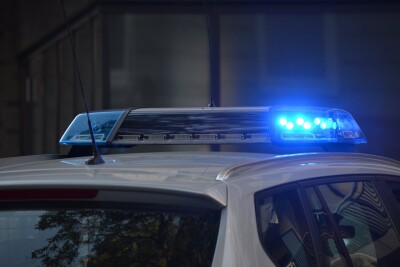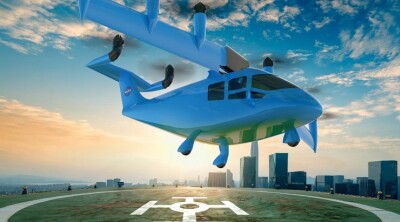Our weekly “Around the Commercial Drone Industry” news round-up looks at the New York City Police Department’s use of uncrewed systems in crime detection, the deployment of UAVs to address deforestation in Kosovo, and a George Washington University research effort to protect commercial drones from cyberattacks.
NYPD Uses Drones for Gunshot Detection
A report in the Gothamist explains how the New York City Police department is expanding its drone program to help law enforcement personnel respond to gunshots. Under the plan, drone platforms will be placed on rooftops at five New York city police precincts as part of the department’s ShotSpotter gunshot detection system. The ShotSpotter system “already sends alerts of shots fired to officers via police radios and smartphones,” the article reported. Now, “the ShotSpotter system will send the longitude and latitude of gunfire to the drone platforms.”
Fighting Deforestation with UAVs in Kosovo
The nation of Kosovo, according to a Reuters report, “is losing more than 700 hectares of forest yearly” because of illegal logging and wildfires. To address the issue, Sustainability Leadership Kosova (SLK) and the Croatian company Project 02 have come up with a plan to use drones to drop balls of seeds onto deforested areas. The report states that a “drone can plant one hectare in two hours” and can deliver “between 2,000 to 5,000 balls, depending on the type of seeds.” This process “is five times faster than human planting and can reach remote areas more quickly.”
Research Seeks to Save Drones from Cyberattacks
The GW Hatchet, an independent student newspaper serving The George Washington University community, reports that researchers at the school will work to develop ways to protect “autonomous urban drones used to deliver commercial goods from cyberattacks.” Starting in September, GW researchers will join teams from several US universities to “work to secure aircraft autonomy and train engineering students in the field of cybersecurity.” The GW team will “study smaller commercial vehicles used to ship goods and small, helicopter-like vehicles used to transport small numbers of people,” and it will focus on “the algorithms on all the programming on these vehicles to ensure they can fly on the correct paths on their own and adjust themselves in case of emergency landings using AI.” NASA is funding these research efforts.















Comments